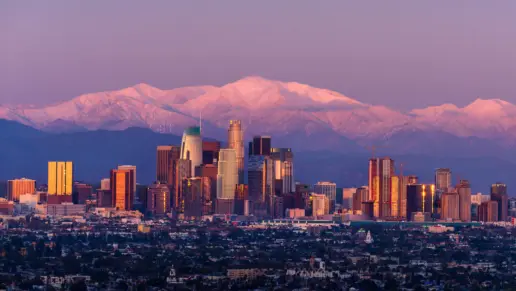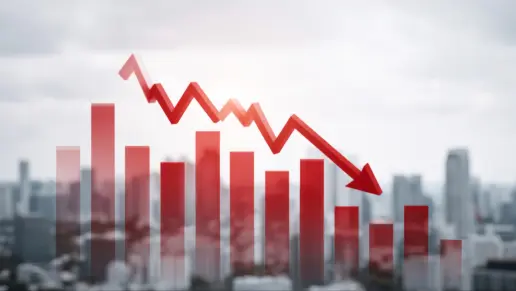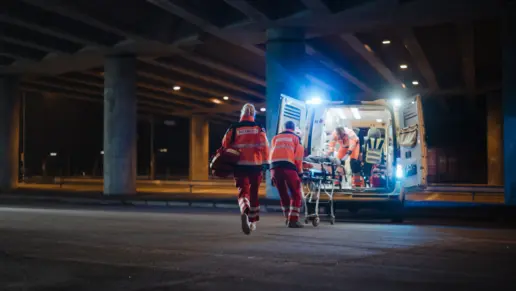1. Nevada
In Nevada overdose deaths increased from 1,505 in February 2024 to 1,551 in February 2025. The state now ranks third in the nation for overall drug use, which is driven in large part by a younger demographic turning to drugs at an earlier age. According to one report, nearly 30% of students in Nevada first encounter drugs at school and the teen marijuana use rate is the third highest here.
Another issue driving overdose deaths in Nevada is the combination of opioids like fentanyl with stimulants like methamphetamine, which increases the effects of each and makes them more fatal. Another report shows that nearly one-third of all overdoses that occur here include a combination of these two kinds of substances.
2. Hawaii
Overdose deaths in Hawaii rose from 339 to 347 during this timeframe.
The main focus here has been the increase in meth use especially in the senior community. A January 2025 report revealed that more than half of all drug-related deaths in Hawaii occurred in people over the age of 50. Of those, more than two-thirds of the individuals overdosed on meth.
In 2024 alone, the number of deaths involving meth in Hawaii reached 260, which represents a nearly 20% increase from 222 deaths in 2023. The biggest jump occurred in Honolulu, where deaths related to meth were up 25% year over year.
3. Arizona
The number of overdose deaths in Arizona increased from 2,655 to 2,695. Similar to Nevada fentanyl is the major concern across the state. Fentanyl recently overtook meth as the deadliest drug in Arizona where deaths involving this synthetic opioid have increased by 4,900% since 2015. Now it’s found in 60% of all overdoses that occur here.
The epidemic is especially pronounced in Maricopa County, where an average of more than three people die from fentanyl every day.
4. Utah
From February 2024 to February 2025 overdose deaths in Utah rose slightly from 688 to 692. Again fentanyl is the key focus. The number of deaths involving fentanyl in Utah increased by nearly 1,161% from 2014 to 2023.
In 2024 the U.S. Attorney’s Office and the Drug Enforcement Administration (DEA) established the Utah Drug Overdose Task Force. Led by sworn law enforcement members the decentralized program helps raise awareness around overdose deaths and consolidates evidence so state officials can better understand and prevent them from occurring.
What Does This New Data Mean?
The Centers for Disease Control and Prevention (CDC) has a monthly tracker of lives lost to drug overdoses. Their most recent report estimates that 76,298 people in the U.S. died from drug overdoses between February 2024 and February 2025, compared to 80,719 between December 2023 and December 2024, a positive national trend showing a decline in overall overdose deaths.
However, as the states above show, not every region is experiencing progress. Rehab.com’s drug stats report zeroes in on where the increases are occurring and compares them to states with decreases to see what may be working.
These isolated increases may represent temporary setbacks, but experts are hopeful that this will be a short-term rise. Continued access to evidence-based care, including detox and inpatient treatment for people at the highest risk, could play a key role in sustaining the national progress and helping more families avoid the pain of overdose loss.
Why Are Drug Overdoses Rising in These States?
Substance use is a highly complex issue, and it can be difficult for a person to identify the reasons behind their own drug use. This means that analyzing why drug overdoses have increased in some states is never straightforward.
Yet, researchers who monitor and test samples of street drugs do have some ideas why this shift may be occurring. Specifically, they’re seeing increases in certain dangerous combinations of substances being sold, like blends of cocaine and methamphetamine, in addition to animal tranquilizers like xylazine and medetomidine.
What Should We Do About the Increase in Overdose Death Rates?
This data shows us that while 2024 was an improvement, the battle still rages on, and we need to continue to make strides against addiction.
This includes widescale pushes like protecting Medicaid, which is the largest payer for addiction treatment, along with continuing to fund and empower addiction treatment and overdose prevention programs around the country.
If you or someone you love is struggling with addiction, you can rediscover a healthy and happy life on the other side of dependency.
Call
800-985-8516
( Sponsored Helpline )
today to get help finding the right treatment center near you. One decision can change–and save–your life.





